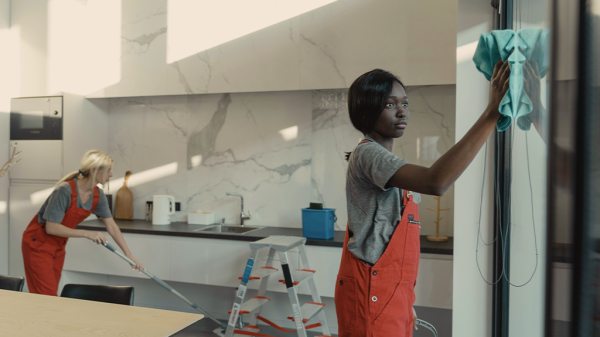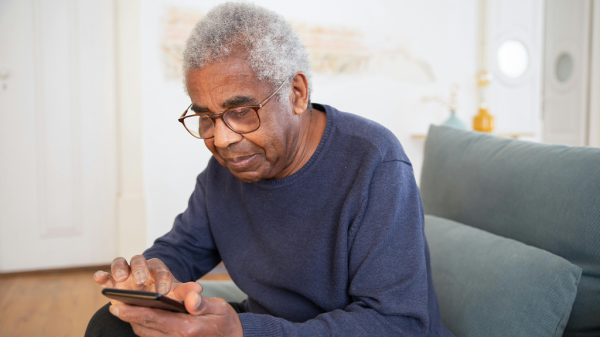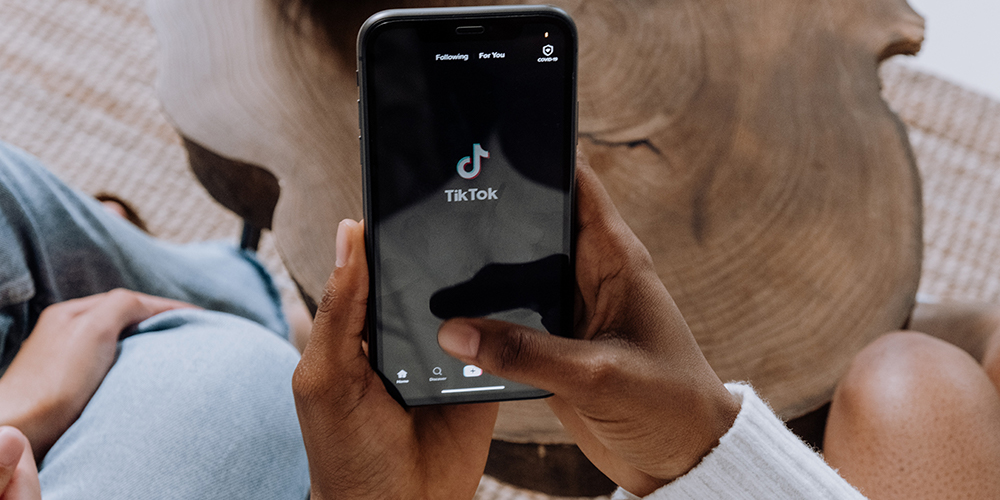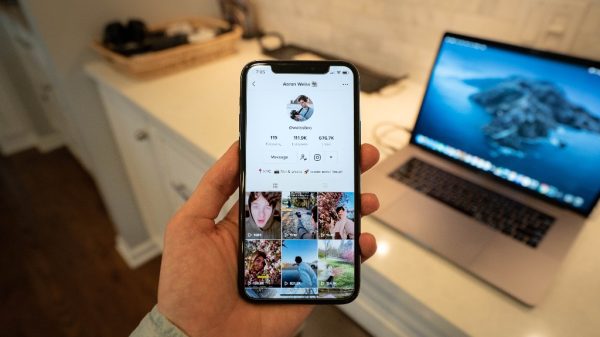When scrolling on TikTok, you might come across this question posed by a BIPOC creator (Black, Indigenous, or Person of Color): “How old were you when you realized you weren’t ugly, you just lived in a predominantly White space?”
Growing up in predominantly White spaces myself with immigrant parents from the Middle East, I had a warped perspective of beauty. Straight light hair, fair skin, Western features, a stick-thin figure – I internalized my physical otherness as lack.
It wasn’t until I moved to a diverse city for college that I realized this. I saw others speaking different languages, eating ethnic foods and dressing however they wanted without fear of losing their proximity to Whiteness. Exposure to others who didn’t fit “the mold” was transformative for me.
As someone in their mid-twenties, I came of age with social media like Tumblr, Facebook and, ultimately, Instagram. But I’d be lying to you if I said that I didn’t wish TikTok was around when I was a kid.
For reference, most TikTok users are between 16-24, meaning that many are still in high school. While content on TikTok is really all over the place and specifically catered to your preferences (you can feel the algorithums at work as your scroll), one facet that I find integral to the app’s essence is Gen Z proudly showcasing their cultures – aka #culturecheck.
Besides the countless ethnic food tutorials (some of my favorite content on the app!), fashion has become a main way for BIPOC or immigrant TikTokers to fully express their identities and share their culture with other users on the app, regardless of physical location.
Take the #FashionEdit challenge, where creators lip sync to a mash-up of Amine’s “Caroline” and “I Just Did a Bad Thing” by Bill Wurtz as they transform from their everyday Western clothes into that of their respective culture.
In her famous video, Milan Mathew – the creator attributed to popularizing this trend – sits down in a chair. She edits the clip in such a way that as she sits, her original outfit switches to a baby-pink lehenga and she becomes adorned with traditional Indian jewelry. Denise Osei does the same, switching into tradition Ghanaian dress. If you can think of a culture or ethnicity, chances are they are represented in this TikTok trend.
This past Indigenous People’s Day, James Jones’ videos went viral across various social media platforms, as he transformed into his traditional garments and performed tribal dances.
Though the cultures and respective attire they showcase are unique in each video, the energy is all the same: proud and beautiful. Showing off what your culture wears has become a way to gain clout on the app and inspire others to do the same.
The beautiful thing about cultural/ethnic TikTok is that it isn’t just Mexicans cheering for other Mexicans, or Arabs cheering for other Arabs – the app sustains a general solidarity across racial and ethnic lines while cultivating an appreciation of world cultures.
But just how deep does that appreciation go? Some users think (and I agree) that “liking” a video of an attractive creator in traditional dress is hardly a radical move in dismantling notions of Western beauty.
While TikTok trends might not solve these issues entirely, it’s important to note that they are moving things in the right directions – I certainly never saw anything like this when I was growing up.
For whatever reason, Millennials, Gen X and Boomers seem to have a lot of shade to throw at Gen Z. But one thing is for certain – this young generation is paving the way for a more inclusive, more respectful society, which is something we should all get behind. And they’re doing it one 15 second video at a time.
Anaïs DerSimonian is a writer, filmmaker, and educator interested in media, culture and the arts. She is Clark University Alumni with a degree in Culture Studies and Screen Studies. She has produced various documentary and narrative projects, including a profile on an NGO in Yerevan, Armenia that provides micro-loans to cottage industries and entrepreneurs based in rural regions to help create jobs, self-sufficiency, and to stimulate the post-Soviet economy. She is currently based in Boston. Besides filmmaking, Anaïs enjoys reading good fiction and watching sketch and stand-up comedy.












































Pingback: Put a Pin in it: Pinterest Premiere invests in video advertising
Pingback: Social media is being used for hiring, and no, we’re not talking just LinkedIn